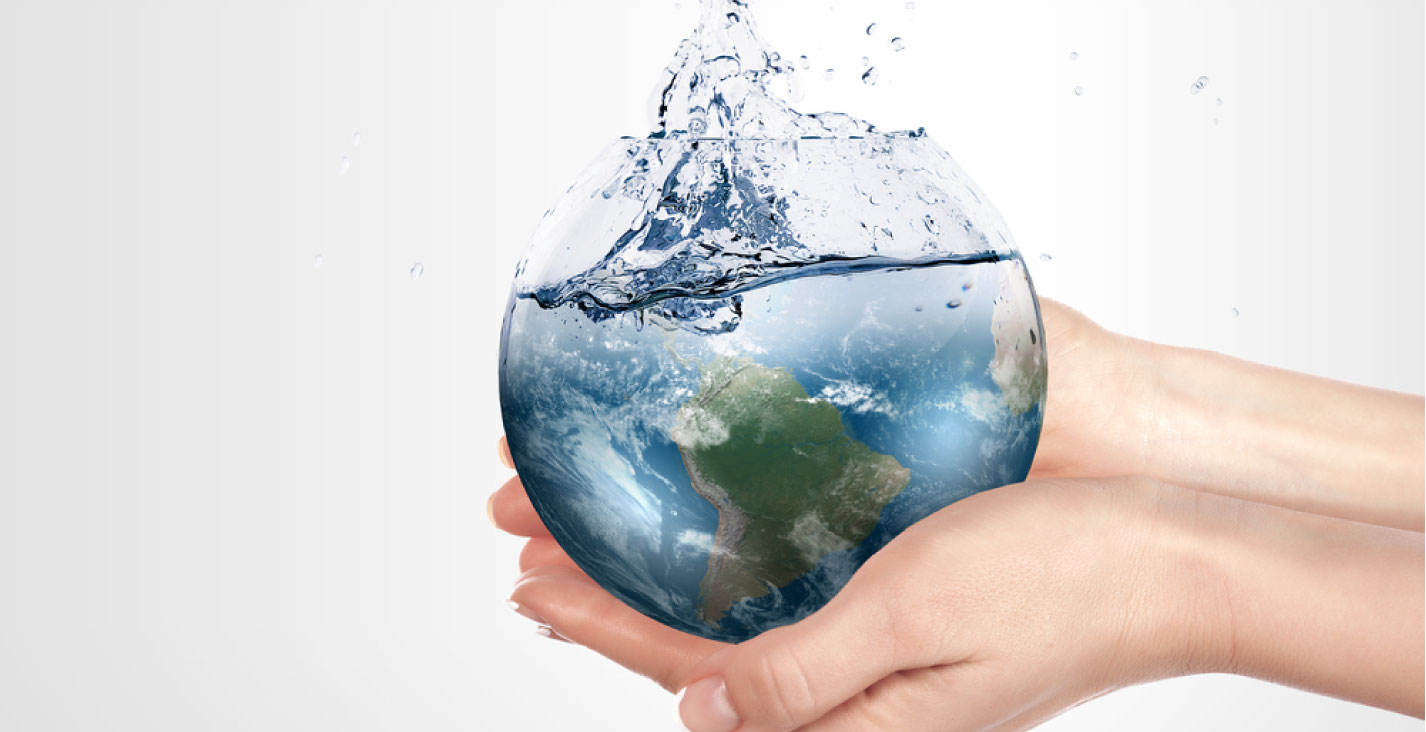
[ad_1]
Water is a liquid with many unique properties.
The way it responds to changes in pressure and temperature can be completely different from other liquids we know of, and these properties are essential for many practical applications and especially for life as we know it.
What causes these anomalies has been a source of scientific inspiration with several theoretical explanations, but now an international team of scientists, which includes Nicolas Giovambattista, professor at The Graduate Center, CUNY and chair of the Department of Physics at Brooklyn College, USA, has demonstrated that water can exist in two different liquid states – a discovery that could explain many of the anomalous properties of water, advances the science portal EurekAlert.
The investigation appears in an article published in the November 20 issue of Science magazine. The possibility that water could exist in two different liquid states was proposed about 30 years ago, based on the results obtained in computer simulations, ”Giovambattista said. “This counterintuitive hypothesis has been a major issue in the chemistry and physics of water and a controversial scenario since its inception. This is because the experiments that can access the two liquid states in water have been very challenging due to the apparently inevitable ice formation in the conditions in which the two liquids should exist. “
The normal “liquid” state of the water we know corresponds to liquid water at normal temperatures (about 25 degrees centigrade). However, the article shows that water at low temperatures (around -63 degrees Celsius) exists in two different liquid states, a low-density liquid at low pressures and a high-density liquid at high pressures.
These two liquids have visibly different properties and differ by 20% in density. The results imply that, under appropriate conditions, water must exist as two immiscible liquids separated by a thin interface similar to the coexistence of oil and water.
Since water is one of the most important substances on Earth – the solvent of life as we know it – its phase behavior plays a key role in several fields, including biochemistry, climate, cryopreservation, crybiology, materials science and many industrial sectors, processes in which water acts as a solvent, product, reagent or impurity. It was concluded that unusual characteristics in the phase behavior of water, such as the presence of two liquid states, can influence numerous scientific and engineering applications.
“It remains an open question how the presence of two liquids can affect the behavior of aqueous solutions in general and, in particular, how the two liquids can affect biomolecules in aqueous environments,” Giovambattista said. “This motivates further studies to look for potential applications.”
The international team used complex experiments and computer simulations to prove this theory. The experiments, described as “similar to science fiction” by Giovambattista, were conducted by Swedish, Korean and American scientists. Computer simulations were performed by Giovambattista and Peter H. Poole, a professor at St. Francis Xavier University, Canada. Computer simulations played an important role in the interpretation of the experiments, due to their complexity.
[ad_2]
Source link